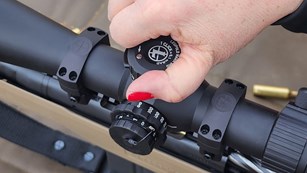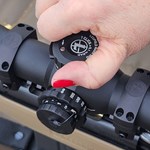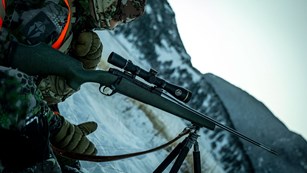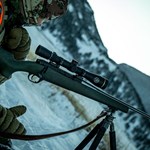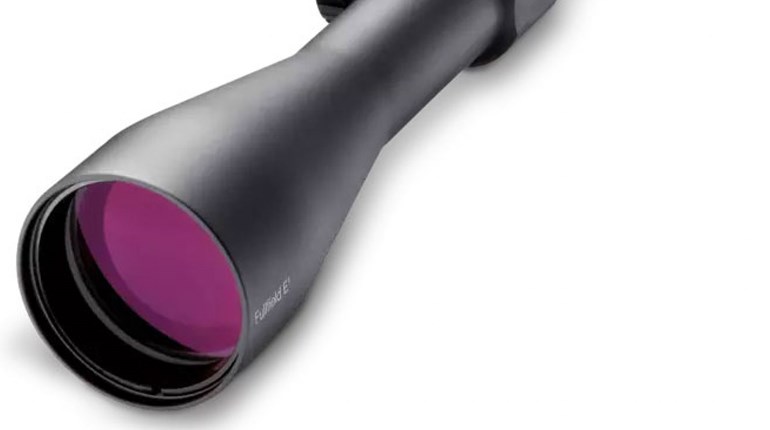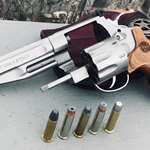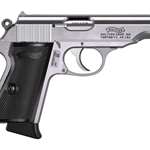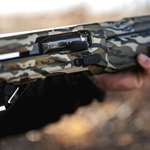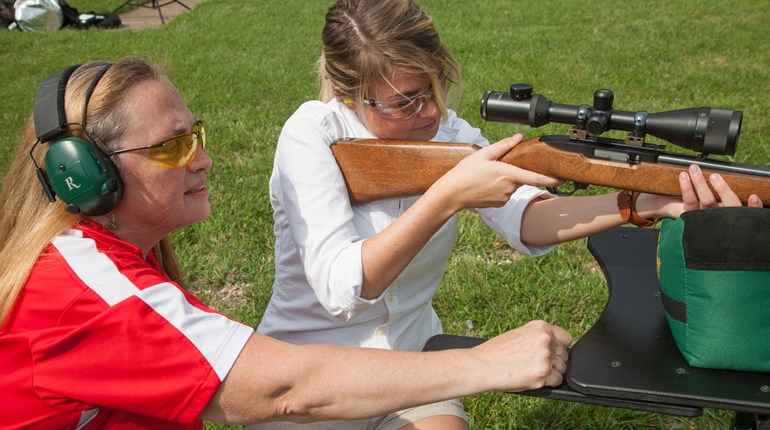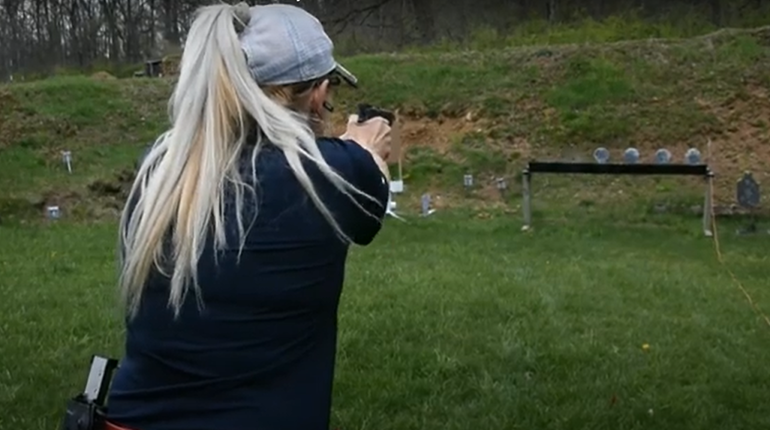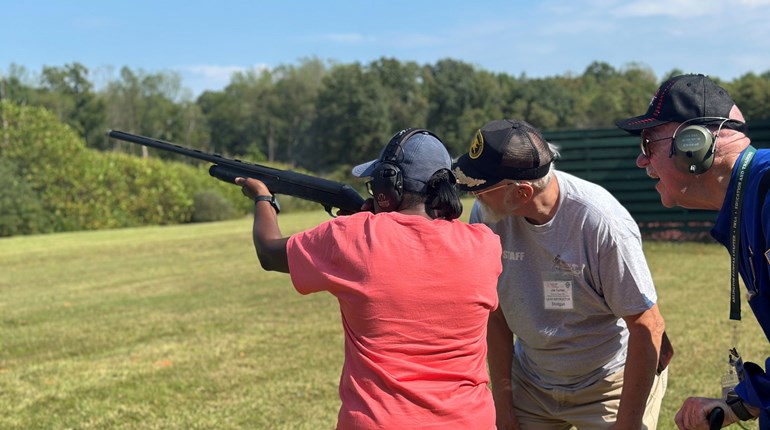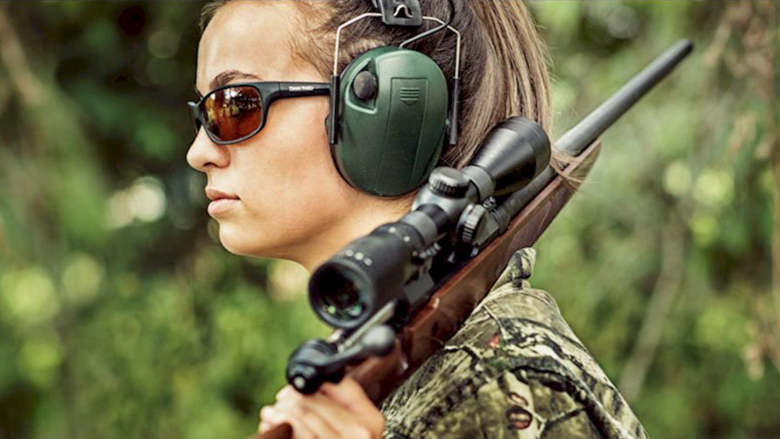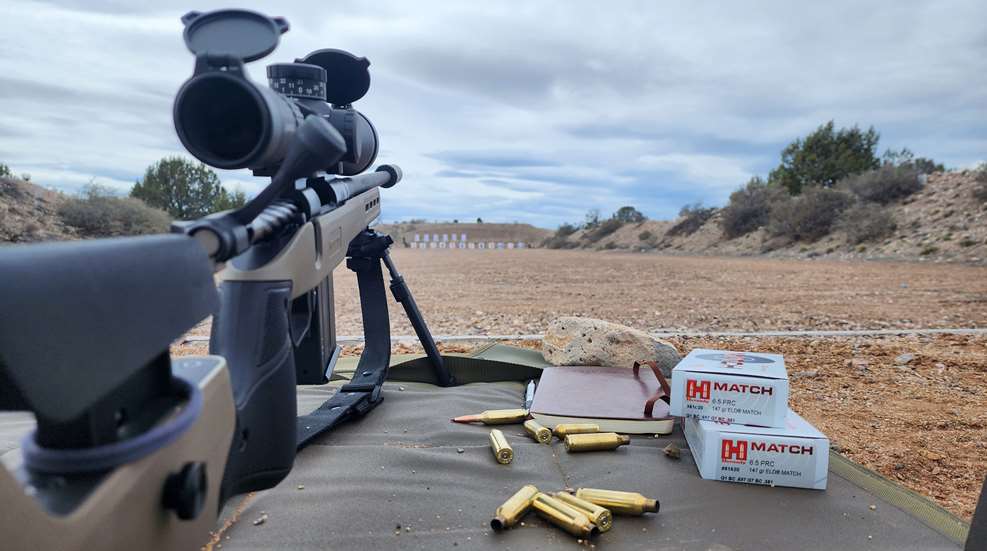
The bolt throw on a rifle is, basically, how high the bolt knob has to be raised up before the bolt can be pulled back to eject a round. Rifles come in various degrees of bolt throw, the most common being 60 degrees and 90 degrees. There are a few others on the market, including the straight-pull design, which has a 0-degree angle because the bolt isn’t raised up at all but rather pulled straight back. So in practical terms, what’s the difference between these angles, how does it affect the shooter, and does it really matter?
First, understand that when the knob on the bolt is raised and the bolt is rotated to the point where it can move backward, what’s actually happening is the lugs on the front of the bolt are disengaging, freeing it up to move. A bolt with a 90-degree throw has two lugs that must disengage; a 60-degree bolt has three. In general, a three-lug bolt will be slightly stronger than a two-lug bolt. While this can be a good thing, it also means the bolt handle requires a little more effort or pressure to lift.

Image courtesy Winchester
A 90-degree bolt throw is probably the most common—the two-lug design is robust and effective, and the handle is generally quicker and lighter to operate. Of course, the handle will lift a full 90 degrees, and that can create problems with clearing your scope depending on how it’s mounted. I own one deer rifle where I have to be mindful not to bang my fingers on the scope when I lift the bolt handle, because the clearance is extremely tight. This is partly because the rifle is a bit too long for me, so the optic is mounted farther back than it normally would be—a lesson in the importance of shooting guns that fit. I know, I know, I’ll have it fitted to me one of these days.
If clearing the optic is a problem, a three-lug bolt with its 60-degree angle might solve your problem, but because it is a bit stiffer to lift, you must be careful not to overwork it and move your entire rifle, which would slow down any follow-up shots.
And then there’s the straight-pull bolt. Popular in Europe, this style is gaining traction in the U.S. In this design, the bolt still has lugs, but they function differently, so the bolt can simply move straight back without having to be lifted at all. This makes it very fast and simple to operate, and of course, clearing the optic isn’t an issue. If you’re switching from a traditional lifted bolt to a straight-pull, expect a bit of a learning curve.
Another benefit of a straight-pull rifle is the design of the rifles themselves mean many straight-pull models can be easily swapped from right-handed to left-handed, often by the user in less than a minute. This can be especially handy if two people are sharing the same gun but one of them is left-handed. On the downside, the straight-pull design is a bit more complicated and expensive to manufacture, and consequently, these guns are typically more expensive.

Image courtesy Winchester
In the end, no bolt throw angle is better than another—it’s all a matter of personal preference. Chances are that your experience is mostly with a 90-degree throw, and that works very well. But if you’d like a bit of a stronger, shorter and quicker throw, consider a three-lug, 60-degree design. If you’re looking to swap between right- and left-handed operation or you’re seeking maximum speed and ease of use, and you have a bit more to spend, consider a straight-pull.






